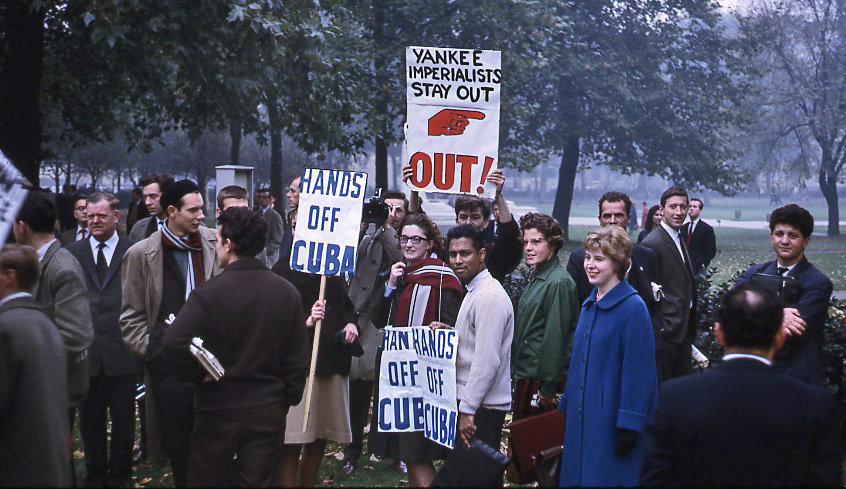
The Cuban Missile Crisis, a harrowing thirteen-day confrontation in October 1962, remains one of the most perilous moments in human history, pushing the world to the brink of nuclear war. For decades, the true depths of this standoff, the intricate machinations of intelligence gathering, and the often-fraught decision-making processes on both sides remained obscured by layers of secrecy. Yet, thanks to persistent efforts at declassification, a more complete and nuanced picture has steadily emerged, offering invaluable insights into how the superpowers navigated this unprecedented challenge.
Recent years have witnessed significant strides in transparency, with both American and, more surprisingly, Russian archives opening their vaults to shed new light on the crisis. These declassified documents, ranging from the immediate intelligence reports that fueled the crisis to the operational directives issued in the shadows, provide historians and the public alike with an unparalleled opportunity to understand the dynamics at play. They allow us to move “Beyond the Summit” and delve into the granular details that shaped outcomes, revealing the human elements, the strategic miscalculations, and the critical information that informed—or sometimes misinformed—leaders on both sides.
This in-depth examination will explore twelve pivotal aspects unearthed from these declassified archives. We will begin by tracing the early American intelligence efforts and the personal involvement of key figures, before turning to the stunning revelations from recently released Russian documents that challenge long-held assumptions about Soviet operational prowess. Each revelation peels back another layer of secrecy, enabling a deeper comprehension of how close the world truly came to an unimaginable catastrophe and the complex interplay of intelligence, diplomacy, and military readiness that ultimately led to a fragile resolution.
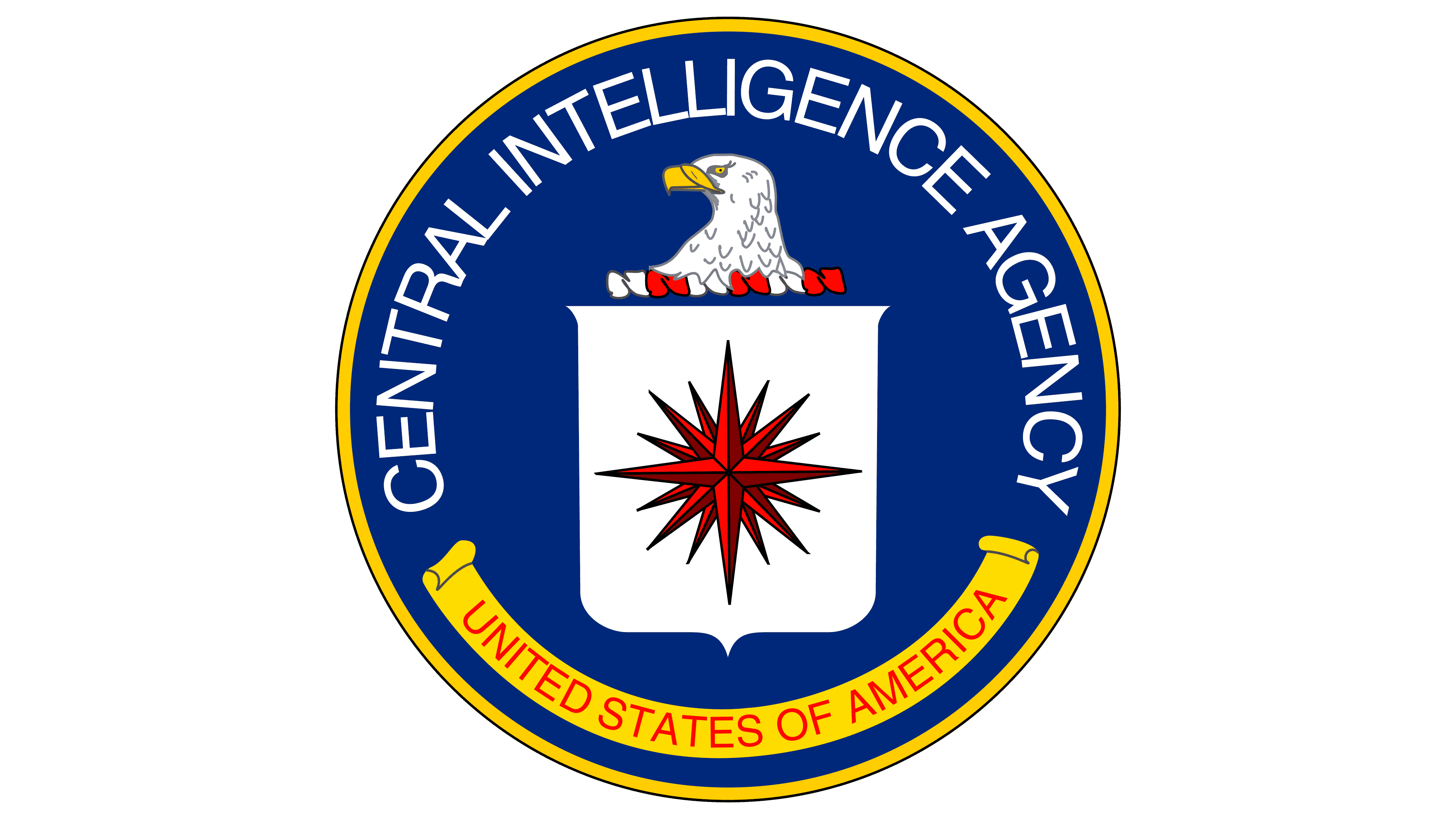
1. **CIA’s Pioneering Openness: The 1992 Declassifications**In a landmark move towards greater transparency, the Central Intelligence Agency embarked on a “new program of openness” in the early 1990s, culminating in the declassification and publication of a significant collection of documents on the Cuban Missile Crisis. This initiative was strategically timed to coincide with the thirtieth anniversary of that pivotal event, offering a fresh perspective on the role of intelligence during the crisis. The program, announced by Director of Central Intelligence (DCI) Robert Gates, aimed to fill the “large gaps in information previously available” to the public and scholarly community.
The meticulous effort behind this initial release was spearheaded by Dr. Mary S. McAuliffe, Deputy Chief of the History Staff at the CIA. Dr. McAuliffe, who earned her Ph.D. in history from the University of Maryland and previously taught at Iowa State University, brought her academic rigor to the task of locating and compiling these crucial documents. Her background as the author of “Crisis on the Left: Cold War Politics and American Liberals. 1947-1954” underscored the historical context she brought to the project, ensuring a comprehensive and thoughtful approach to the declassification process.
The collection published by the CIA in 1992 contained numerous documents, some of which were excerpted to manage their length or to expedite declassification by omitting “irrelevant material.” This pragmatic approach allowed for a swifter release of critical missile crisis information. The expectation was that much of the material initially omitted for reasons of length or relevance would later be reviewed by the Historical Review Group and eventually declassified and made available to the National Archives, promising a gradual expansion of public knowledge.

2. **John A. McCone’s Critical Vantage Point**Central to the American intelligence effort during the Cuban Missile Crisis was Director of Central Intelligence John A. McCone, whose unique perspective and direct involvement are chronicled in the declassified records. His personal communications and notes offer an intimate glimpse into the highest levels of crisis management. Among the most intriguing are the “honeymoon cables” McCone sent to Headquarters from France, a full month before the crisis erupted, hinting at his early concerns and information gathering even amidst personal engagements.
McCone’s engagement continued as the crisis escalated, with his notes from the National Security Council Executive Committee meetings providing a direct window into the high-stakes deliberations. These handwritten records capture the essence of discussions and the evolving understanding of the threat, offering invaluable primary source material for historians. His presence in these critical forums ensured that intelligence insights were directly fed into the policy-making process, underscoring the vital link between intelligence assessment and executive decision-making during a national emergency.
It is also worth noting McCone’s movements during the crisis’s most sensitive period. He was away from Washington on his honeymoon from August 23 to September 23, 1962. Later, he left for Los Angeles on business on October 11, returning briefly on October 14, and then heading back to the West Coast on October 15 following a family tragedy. The “discovery of missiles in Cuba” dramatically pulled him back to Washington on the evening of October 16, where he remained for the duration of the crisis, demonstrating the immediate and profound impact of the intelligence revelations on his personal and professional life.
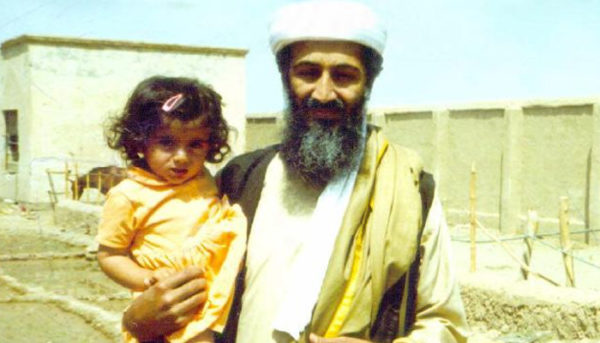
3. **Unpacking the CIA Archive: A Glimpse into Crisis Intelligence**The breadth of documents contained within the CIA’s declassified collection offers a multifaceted view of the intelligence community’s efforts during the Cuban Missile Crisis. Beyond the DCI’s personal notes, the volume encompasses a wide array of intelligence products that informed policymakers and painted a comprehensive picture of the unfolding situation. These include detailed “intelligence memorandums and estimates,” which represented the analytical backbone of the intelligence community’s understanding of Soviet capabilities and intentions in Cuba.
Also critical were the “briefing papers” prepared for senior officials, designed to convey complex information succinctly and effectively under extreme pressure. These documents were often accompanied by “Cuban refugee reports,” providing ground-level intelligence and insights from individuals fleeing the island, which, despite their potentially biased nature, offered valuable perspectives on conditions within Cuba. Such varied sources highlight the mosaic approach to intelligence gathering, combining overhead imagery with human intelligence.
Furthermore, the collection sheds light on “Operation MONGOOSE,” the clandestine program specifically “aimed at destabilizing the Castro regime.” Memorandums related to this operation reveal the aggressive, covert actions the U.S. was undertaking in parallel with its diplomatic and military postures, adding another layer of complexity to the already tense geopolitical landscape. The organization of these documents, “according to the date of subject matter,” rather than strictly by creation date, was a deliberate choice to allow for a more coherent chronological understanding of events, enabling researchers to follow the narrative thread as it developed.

4. **The Shadowy Source: IRONBARK and Oleg Penkovsky’s Contribution**Among the most sensitive and strategically vital intelligence streams flowing into American decision-makers during the Cuban Missile Crisis was the material designated as “IRONBARK.” The evaluations of the missile threat, which formed a cornerstone of the U.S. understanding of Soviet capabilities, drew heavily upon this highly classified source. IRONBARK was not just a collection of data; it was the product of an extraordinary human intelligence operation, originating from a remarkable defector within the Soviet system.
The source of this invaluable IRONBARK material was Soviet Colonel Oleg Penkovsky. Penkovsky, a GRU (Main Intelligence Directorate) officer, provided Western intelligence with a trove of highly sensitive information, including details about Soviet intermediate-range ballistic missiles. His disclosures offered crucial insights into the capabilities and limitations of Soviet missile technology, intelligence that proved absolutely vital in assessing the threat posed by the placement of missiles in Cuba.
Without Penkovsky’s courage and the intelligence derived from IRONBARK, the U.S. might have faced a far greater degree of uncertainty regarding Soviet missile capabilities, potentially leading to even more drastic actions or miscalculations. This underscores the profound impact a single, well-placed human source can have on global events, particularly during moments of profound crisis. The inclusion of IRONBARK material in the declassified documents highlights its foundational role in shaping the American intelligence assessment of the burgeoning missile threat in Cuba.
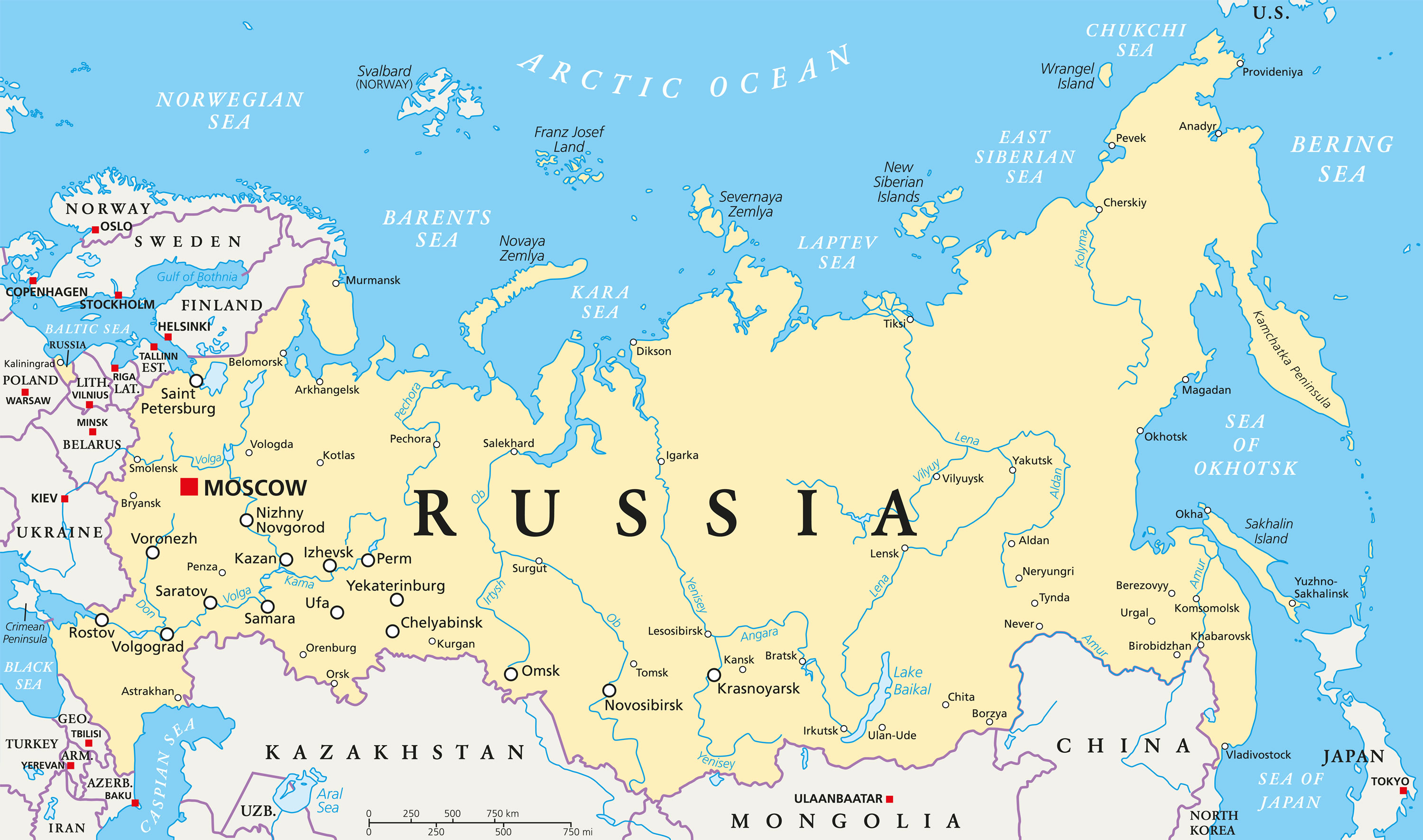
5. **Russia’s Surprising Disclosure: The 2022 TsAMO Declassifications**In a development that significantly broadens our understanding of the Cuban Missile Crisis, the Central Archive of the Russian Ministry of Defense (TsAMO) declassified over 30 formerly top-secret documents in May 2022. This decision was described as “somewhat surprising,” given the geopolitical climate marked by “Russia’s ongoing war in Ukraine and the deteriorating political situation within Russia.” The release of these documents, available for the first time in English on the Wilson Center Digital Archive, represents a crucial step towards a more balanced historical perspective.
These newly accessible sources from the spring, summer, and fall of 1962 join an already substantial body of archival records, enhancing the depth of knowledge surrounding the crisis. They offer “exceptional insights into Soviet military planning” during the clandestine “Anadyr” operation, which involved the covert deployment of Soviet ballistic missiles and troops to Cuba. This rare glimpse into Soviet internal deliberations and operational details provides an invaluable counterpoint to the previously U.S.-centric narratives.
The declassified Russian documents delve into previously unknown aspects of the Soviet presence in Cuba, including “information regarding the personal conduct of Soviet troops stationed in Cuba, instructions for interactions with foreign vessels, and the composition of troops.” This granular detail allows historians to reconstruct not just the grand strategy, but also the everyday realities and challenges faced by Soviet personnel on the ground, enriching the human dimension of this historical episode and revealing the logistical complexities of such a massive clandestine operation.
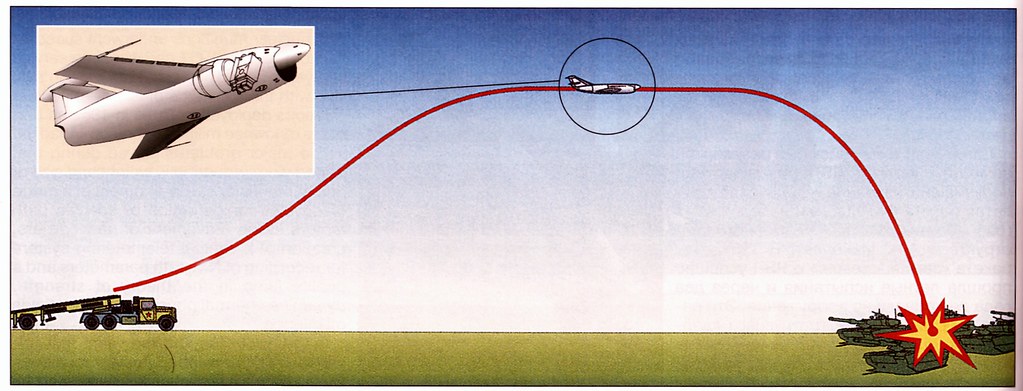
6. **Operation Anadyr Unveiled: Soviet Military Planning and its Flaws**The newly declassified Russian materials provide compelling evidence that the “Anadyr” operation, the secret deployment of Soviet ballistic missiles and troops to Cuba, was far from the meticulously planned and executed mission it was often portrayed to be. Scholars Sergey Radchenko and Vladislav Zubok, who utilized these documents for their recent article in Foreign Affairs titled “Blundering on the Brink: The Secret and Untold History of the Cuban Missile Crisis,” assert that the Soviet intervention was “a remarkably poorly thought-through gamble whose success depended on improbably good luck.”
This assessment of Soviet ineptness is amply supported by evidence throughout the TsAMO collection. A glaring example of these failings was the “lack of even modest expertise on Cuba among the Soviet military leadership.” Documents reveal a stark unpreparedness among Soviet troops upon their arrival, as they apparently failed to anticipate the detrimental effects of Cuba’s tropical climate on their sophisticated weaponry and equipment. This fundamental oversight led to a cascade of operational problems that plagued the initial phases of the deployment.
The environmental challenges quickly manifested in widespread equipment malfunctions, with reports detailing “fuse failures, excessive corrosion, overconsumption of oil, and generator blackouts” among the complaints from troops on the ground. Despite these significant issues, Moscow was remarkably slow to react. Recommendations on how to “counter the effects of a warm climate and requests for new equipment” were submitted consistently throughout the spring and summer of 1962, yet no substantive action was taken by the Soviet command until August, highlighting a critical delay in addressing practical operational impediments.
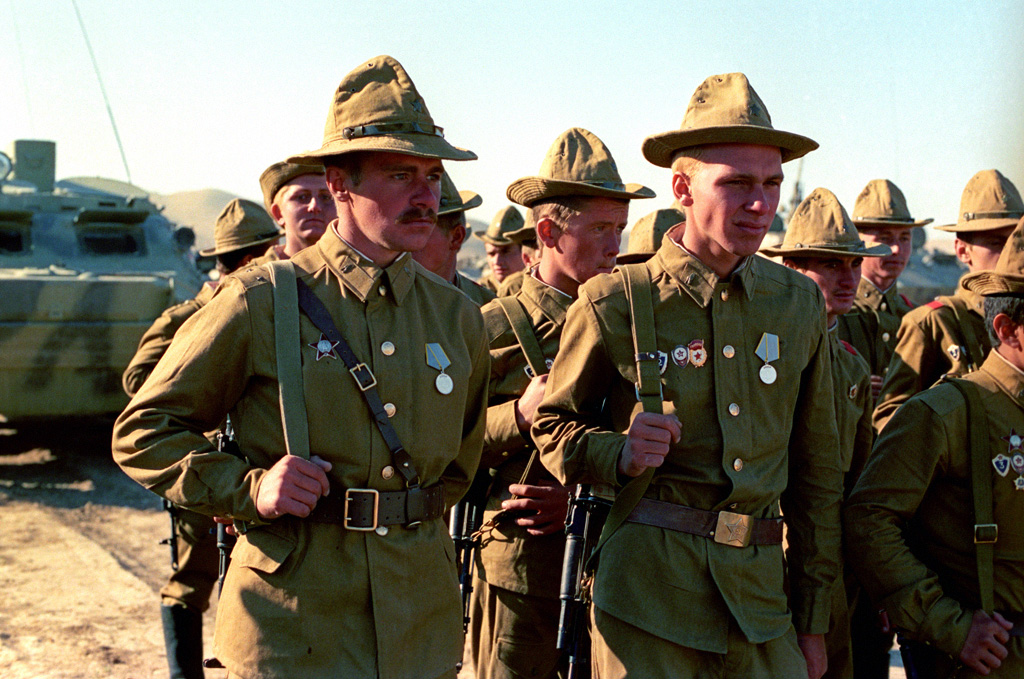
7. **The Daily Life and Strict Secrecy of Soviet Troops in Cuba**The newly declassified TsAMO documents offer an extraordinary window into the daily lives and conduct of Soviet troops stationed in Cuba during Operation Anadyr, revealing the meticulous efforts undertaken to maintain the clandestine nature of their mission. These granular details extend beyond strategic planning to encompass the mundane realities and strictures imposed upon personnel on the ground. They illuminate how deeply secrecy permeated every aspect of the Soviet presence on the island.
Strict regulations governed the interactions and movements of Soviet servicemen. Notably, troops were “prohibited from visiting any place of entertainment in Cuba or taking walks for pleasure.” Such directives underscore the pervasive fear of exposure and the lengths to which Soviet command went to prevent any unintended revelation of their true purpose or identity to the local population or foreign observers. This isolation likely contributed to the psychological pressures faced by the deployed forces.
While recreational outings were severely restricted, some limited exceptions were made for cultural and educational engagements. Visits to institutions such as theaters and museums were “limitedly” permitted, but with a crucial caveat: all Soviet troops were expected to prove themselves “models of Soviet socialist ideology” when interacting with Cuban citizens. This stipulation highlights the dual objective of the mission—military deployment combined with an ideological projection, even amidst covert operations.
Further underscoring the intimate details revealed by the archives, one memorable report meticulously describes the daily cigarette rations provided to the secretly deployed Soviet troops. Each serviceman was allocated 25 cigarettes a day, a small but significant detail that humanizes the experience of these soldiers far from home, operating under immense pressure and in an unfamiliar, challenging environment. These specifics paint a vivid picture of the controlled existence imposed by the demands of a high-stakes clandestine operation.

8. **Operational Secrecy and Deception in Operation Anadyr**The extensive collection of declassified Russian documents vividly illustrates the paramount importance placed on secrecy and deception throughout Operation Anadyr. Every facet of the mission, regardless of its scale, was rigorously “performed in strict secrecy under the pretense of the cover stories.” This unwavering commitment to concealment was fundamental to the Soviet strategy, aiming to achieve a significant geopolitical shift before the United States could react effectively.
The elaborate cover stories devised for the deployment of ballistic missiles and tens of thousands of troops were designed to mislead both international intelligence agencies and the Cuban populace. Soviet vessels transporting equipment and personnel often flew under false flags or were declared as civilian cargo ships carrying agricultural machinery or other innocuous goods. This deliberate obfuscation was a testament to the high-stakes nature of the operation, where discovery could provoke an immediate and devastating response.
Maintaining such a comprehensive veil of secrecy required intricate coordination and discipline across all levels of command. From the initial planning stages in Moscow to the troop movements and equipment offloading in Cuban ports, measures were in place to minimize exposure. The goal was to present the world with a fait accompli, where American discovery would come only after the missiles were fully operational and defensively integrated into Cuba’s infrastructure, thereby altering the strategic balance.
The logistical challenges inherent in moving such a massive military contingent, including nuclear-capable missiles, across vast distances under deep cover were immense. The success of this deception, even if ultimately short-lived, demonstrates a significant, albeit risky, operational capability on the part of the Soviet Union. The documents highlight not only the planning but also the constant vigilance required to uphold the pretense, revealing the psychological and practical burdens placed on the military and intelligence apparatus.
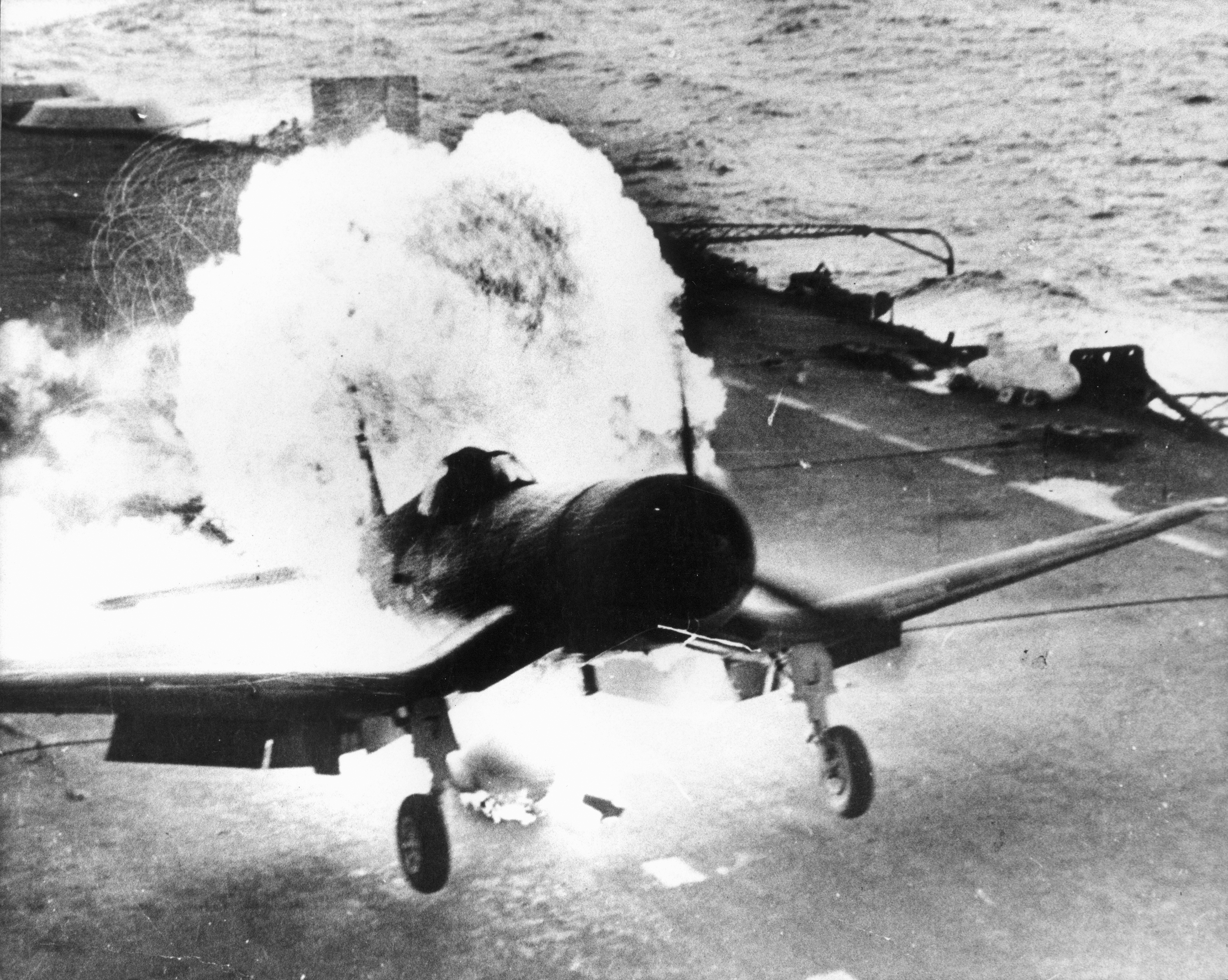
9. **High Stakes Encounters: The U-2 Shootdown and Near Misses**Among the most harrowing revelations contained within the TsAMO declassifications are accounts of critical “close-calls” and the tragic shootdown of an American U-2 reconnaissance aircraft, incidents that brought the world perilously close to outright war. These documents underscore the extreme fragility of peace during the Cuban Missile Crisis, where accidental engagements or snap decisions could have triggered irreversible escalation. The tension of these moments is palpable through the reports.
A chilling incident detailed in the archives is the October 27 shootdown of a U-2 aircraft, piloted by Major Rudolf Anderson. A report on this event, submitted to Khrushchev by R. Malinovsky, highlights the immediate and profound impact of such an occurrence on the unfolding crisis. The loss of an American pilot over Cuba, at the height of the standoff, intensified U.S. resolve and pushed deliberations towards more aggressive military options, further tightening the spiral of potential conflict.
Beyond the U-2 incident, the collection also includes “reports on other close-calls between US and Soviet ships and aircraft.” These accounts paint a picture of frequent, high-tension encounters in international waters and airspace around Cuba. Each near miss, each aggressive maneuver, carried the potential for misinterpretation and unintended engagement, illustrating how thin the line was between conventional confrontation and a full-scale nuclear exchange.
These records serve as a stark reminder of the immense pressures faced by military personnel on both sides. Commanders in the field, operating under strict orders but often with incomplete information, made split-second decisions that could have had global consequences. The incidents reveal that the crisis was not merely a diplomatic chess match at the highest levels, but a series of dangerous, on-the-ground confrontations fraught with the risk of human error and technological failure, where any spark could ignite a conflagration.
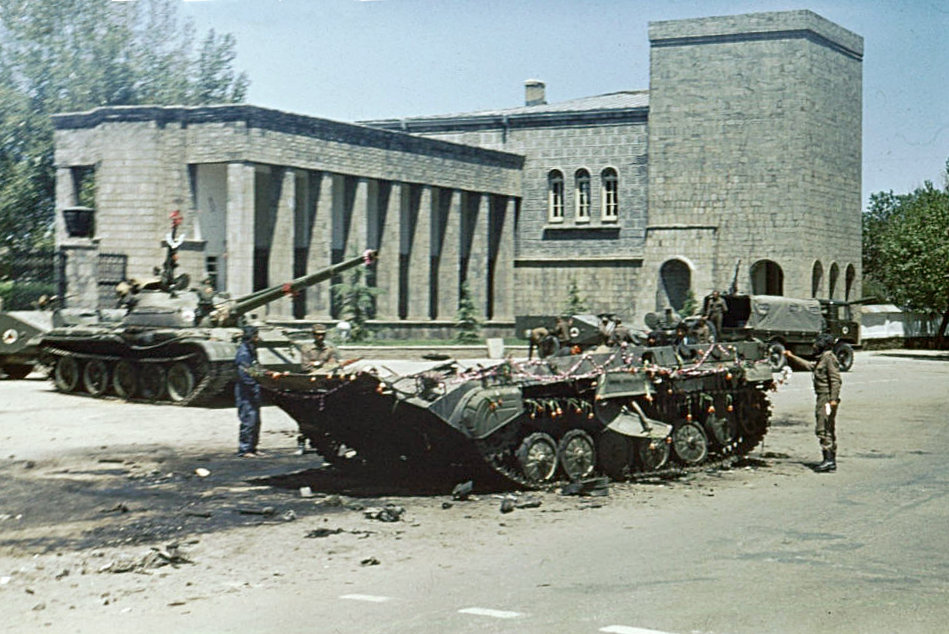
10. **The Path to Resolution: Khrushchev’s Strategic Retreat**The ultimate resolution of the Cuban Missile Crisis, marked by the withdrawal of Soviet missiles, is illuminated further by the declassified Russian documents, which underscore Chairman Khrushchev’s pivotal decision to step back from the brink. Scholars Sergey Radchenko and Vladislav Zubok argue that Khrushchev ultimately realized he was “without a winning hand,” prompting a strategic reversal that prevented a catastrophic conflict. This moment of clarity was a crucial turning point in global history.
A tangible sign of de-escalation documented in the TsAMO collection was the “rescinding of the ‘increased combat readiness’ status for the Soviet fleet following the resolution of the crisis.” This directive signaled an immediate and concrete move away from a posture of imminent war, demonstrating the Soviet command’s commitment to the negotiated settlement. Such an order would have had widespread operational implications, easing tensions across military branches.
Khrushchev’s decision to “capitulate” and withdraw the missiles from Cuba, despite the political cost to his standing, represented an acknowledgment of the overwhelming risks associated with continued confrontation. While U.S. concessions, such as the secret agreement to remove Jupiter missiles from Turkey and a public pledge not to invade Cuba, were integral to the deal, the Soviet internal documents primarily reflect the operational steps taken in response to the political accord.
The declassified records, therefore, provide a more complete understanding of the internal Soviet processes that facilitated this momentous retreat. They showcase the mechanics of de-escalation from the Soviet perspective, from high-level directives to the ground-level implementation, offering insights into how a superpower navigates a strategic withdrawal under intense international scrutiny. This chapter in the crisis underscores the critical importance of leadership judgment in averting disaster.
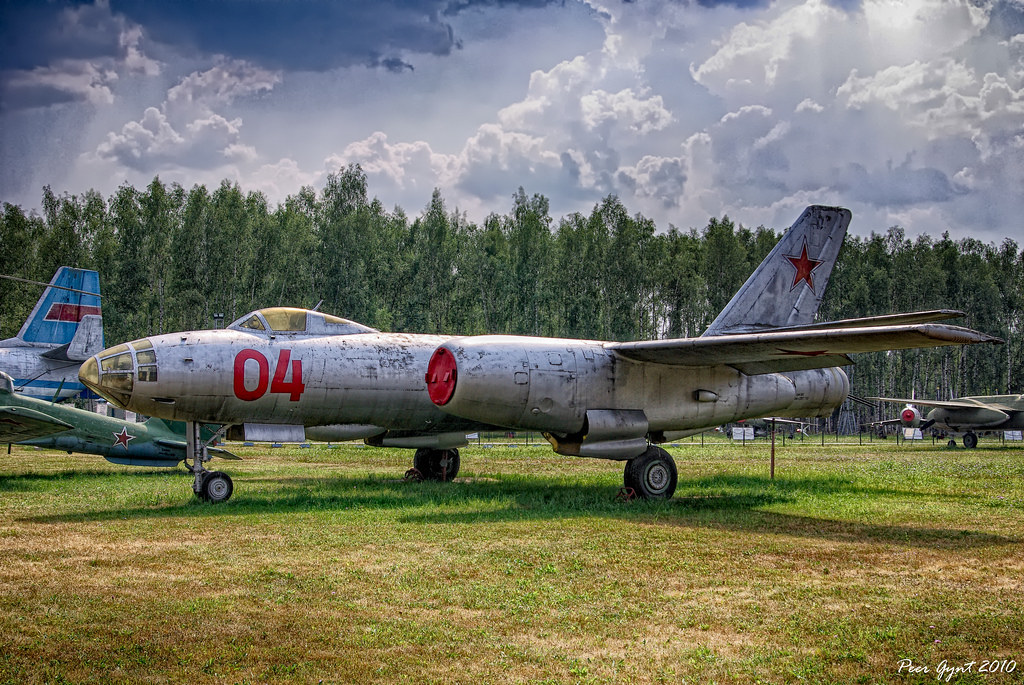
11. **Contemporary Echoes: Cuban Missile Crisis and Modern Geopolitics**The enduring relevance of the Cuban Missile Crisis extends far beyond its historical context, offering profound lessons for contemporary geopolitics, as highlighted by scholars who have studied these newly declassified documents. Sergey Radchenko and Vladislav Zubok are particularly keen to draw direct “parallels between the hubris that drove the Cuban Missile Crisis and that hubris is driving Russia’s war in Ukraine today.” This comparison casts the historical event as an urgent cautionary tale for the present.
The concept of “nuclear saber-rattling,” a dangerous diplomatic maneuver where nuclear threats are implicitly or explicitly used, finds a stark historical precedent in the Cuban Missile Crisis. The documents from 1962, particularly those revealing Soviet military unpreparedness and miscalculations, underscore the immense dangers of such posturing. They demonstrate how easily intentions can be misread and how quickly a crisis can spiral out of control when nuclear arsenals are involved.
Radchenko and Zubok contend that these historical documents provide “potential lessons to keep us safe during a time of pronounced nuclear saber-rattling.” By dissecting the internal deliberations and operational realities of a past nuclear standoff, policymakers and the public can gain crucial insights into the mechanisms of escalation and de-escalation, fostering a more informed approach to managing contemporary flashpoints with nuclear implications.
Thus, the declassified archives serve not merely as academic curiosities but as vital tools for strategic analysis. They offer a mirror to current global challenges, urging leaders to reflect on the historical precedents of misjudgment, miscalculation, and the immense responsibility that accompanies the possession of weapons of mass destruction. The ghosts of 1962 continue to offer guidance for navigating a world still grappling with similar existential threats.
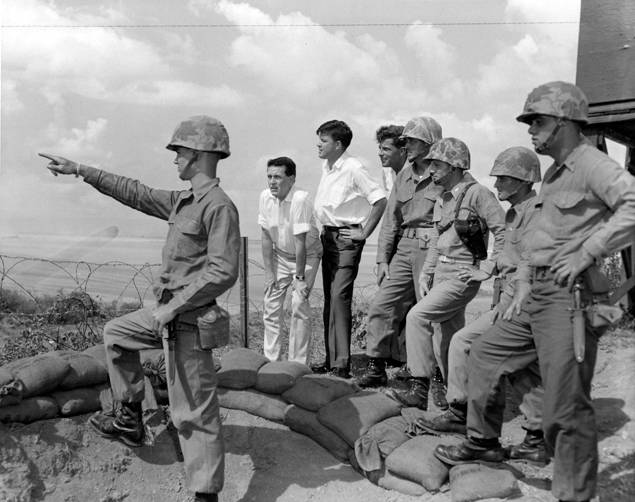
12. **Enduring Lessons: Knowing When Enough is Enough**The most profound lesson resonating from the declassified documents of the Cuban Missile Crisis lies in the ultimate decision made by Soviet Premier Nikita Khrushchev: “Realizing that he was without a winning hand, Khrushchev walked back from the brink, capitulated, and withdrew Soviet missiles from Cuba.” This act of strategic retreat, born from a sober assessment of escalating risks, stands as a testament to the imperative of knowing when to de-escalate, even in the face of perceived weakness or political cost.
Khrushchev’s choice underscores the critical role of leadership in recognizing limitations and prioritizing global stability over potentially catastrophic gains. His willingness to compromise, despite the initial secrecy and bold deployment, ultimately prevented a nuclear exchange. This historical precedent highlights that effective leadership in moments of intense crisis often requires a capacity for pragmatism and a clear understanding of the unacceptable consequences of unchecked escalation.
The analytical work of scholars like Radchenko and Zubok, drawing on these very documents, presents a poignant question for today’s geopolitical landscape: “It remains to be seen if Putin will also be able to know when enough is enough in Ukraine; if he will then have the capacity to stand down is another question entirely.” This direct contemporary parallel serves as a powerful reminder that the lessons of 1962 are not abstract historical footnotes but urgent considerations for current global leaders.
Ultimately, these declassified documents offer more than just a historical account; they provide an essential framework for understanding the complexities of nuclear deterrence and crisis management. They are a timeless educational resource, reminding us of the human element in strategic decisions, the critical importance of accurate intelligence, and the enduring necessity for world leaders to exercise restraint and seek peaceful resolutions when faced with the gravest of threats.
The declassified documents from both American and Russian archives have profoundly enriched our understanding of the Cuban Missile Crisis, transforming a once-shrouded episode into a remarkably transparent study of superpower brinkmanship. From the meticulous intelligence gathering of the CIA and the invaluable contributions of sources like Oleg Penkovsky, to the often-blundering operational realities of the Soviet Union’s Operation Anadyr, these records paint a vivid, multifaceted picture of those thirteen harrowing days. They reveal the human elements, the logistical nightmares, and the numerous points where miscalculation could have tipped the world into an unimaginable nuclear catastrophe. More than half a century later, as global tensions once again test the limits of diplomacy and reason, these detailed historical accounts serve not just as a chronicle of the past, but as an urgent, enduring lesson in the vital importance of intelligence, clear communication, and ultimately, the courageous political will to step back from the abyss.



